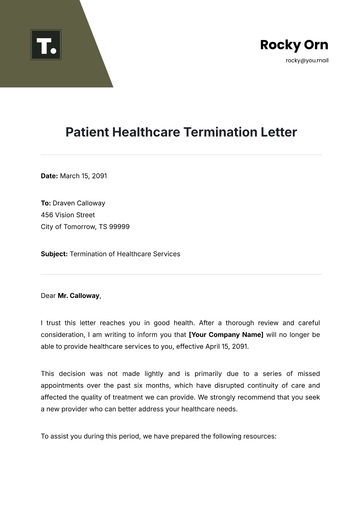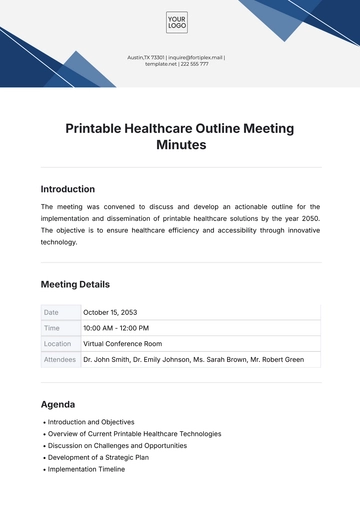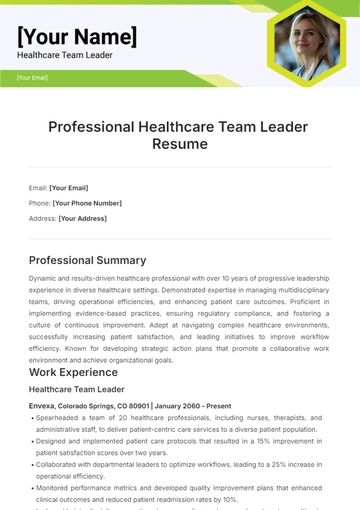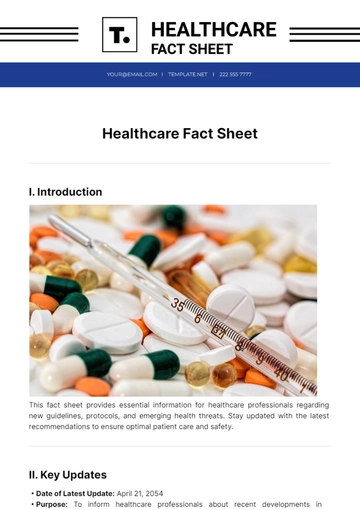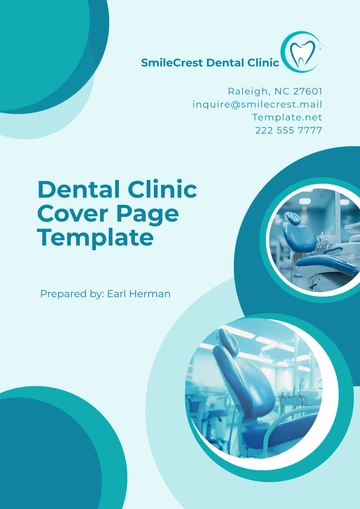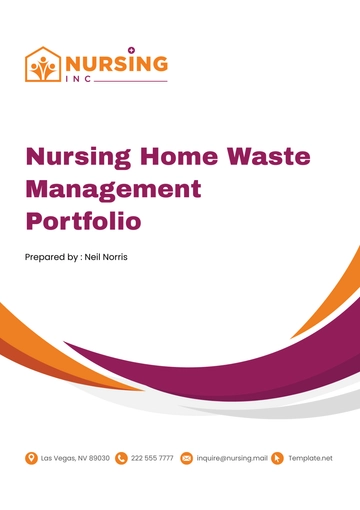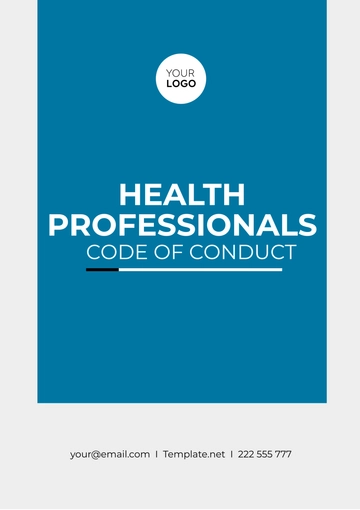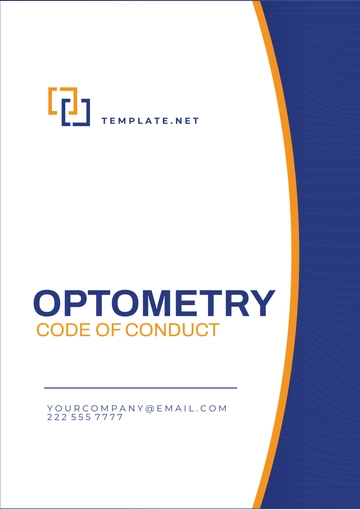Free Nurse Practitioner Case Study

I. Introduction
The introduction section provides a brief overview of the patient's background and presenting concern. It sets the stage for the case study by introducing the key players and outlining the purpose of the document.
A. Patient Background
[Patient's Name] is a [Age]-year-old [Gender] who presented to the [Your Company Name] with complaints of [Chief Complaint]. He/She has a medical history significant for [relevant medical conditions].
B. Presenting Concern
The patient's chief complaint is severe headaches accompanied by sharp pain behind the eyes and sensitivity to light. They report experiencing these symptoms for the past six months, with episodes occurring almost daily.
II. Assessment
The assessment section provides a detailed analysis of the patient's condition, including pertinent medical history, physical examination findings, and diagnostic test results.
A. Medical History
The patient has a five-year hypertension history, managed with amlodipine 5mg and lifestyle changes. They had an appendectomy as a child and have no known drug allergies. Their mother and sister both have migraines.
B. Physical Examination
The patient appears healthy upon examination with normal vitals including a blood pressure of 130/80 mmHg, pulse of 72 bpm, respiratory rate of 16 bpm, and a temperature of 98.6°F. No neurological deficits were found. They experience tenderness at the temples and behind the eyes when pressure is applied. Their pupils are equally responsive to light, with no nystagmus present.
C. Diagnostic Tests
The patient had various diagnostic tests like a metabolic panel, blood count, and a contrasting MRI of the brain. All tests, including blood count and kidney function, were normal. The MRI showed no brain abnormalities or masses, negating any brain pathology.
III. Diagnosis
The diagnosis section outlines the nurse practitioner's assessment and diagnosis of the patient's condition based on the available information.
A. Differential Diagnosis
Migraine Headache: Given the patient's history of severe headaches, sensitivity to light, and family history of migraines, this is a primary consideration. Migraines often present with unilateral throbbing pain, nausea, and photophobia, which align with the patient's symptoms.
Tension Headache: Another possibility is a tension-type headache, characterized by bilateral tightness or pressure sensation around the head. However, the absence of significant stressors and the presence of sharp, unilateral pain make this diagnosis less likely.
Cluster Headache: Cluster headaches can present with severe unilateral pain, often around the eye area, accompanied by autonomic symptoms such as tearing, nasal congestion, and restlessness. However, the frequency and duration of the patient's symptoms do not entirely fit the typical pattern of cluster headaches.
B. Final Diagnosis
The patient's severe headaches, photophobia, and family migraine history point to a Migraine Headache diagnosis. This is confirmed by normal neurology tests and scans, ruling out other brain conditions. We will manage this with lifestyle changes, medication, and possibly preventative therapy to decrease future episodes' frequency and severity.
IV. Treatment Plan
The treatment plan section outlines the nurse practitioner's plan for managing the patient's condition, including pharmacological and non-pharmacological interventions.
A. Pharmacological Interventions
Acute Management:
Prescribe Sumatriptan 100 mg tablets to be taken at the onset of migraine symptoms, with a maximum dose of two tablets per day as needed. The patient will be instructed on the proper use and potential side effects of this medication.
Recommend over-the-counter ibuprofen 400 mg tablets for additional pain relief as needed, with a maximum dose of 1200 mg per day.
Prophylactic Therapy:
Initiate Propranolol 40 mg extended-release capsules once daily to serve as prophylactic therapy for migraine prevention. This beta-blocker has shown efficacy in reducing the frequency and severity of migraine attacks and is well-tolerated by most patients.
B. Non-Pharmacological Interventions
Lifestyle Modifications:
Encourage the patient to maintain regular sleep patterns and ensure adequate hydration.
Recommend stress-reduction techniques such as relaxation exercises, meditation, or yoga to help minimize triggers for migraine attacks.
Advise the patient to maintain a consistent meal schedule and avoid skipping meals, as fluctuations in blood sugar levels can precipitate migraines.
Trigger Identification and Avoidance:
Educate the patient on common migraine triggers such as certain foods (e.g., aged cheeses, chocolate, alcohol), strong odors, hormonal changes, and environmental factors (e.g., bright lights, loud noises).
Suggest keeping a migraine diary to track potential triggers and patterns, which can aid in identifying and avoiding individual triggers.
C. Follow-Up
Monitoring Parameters:
Instruct the patient to monitor their response to medications, including the frequency and severity of migraine attacks, as well as any adverse effects.
Schedule a follow-up appointment in four weeks to assess the effectiveness of prophylactic therapy and make any necessary adjustments to the treatment plan.
Reevaluation Criteria:
Reevaluate the patient's treatment plan if there is an inadequate response to medications or significant side effects occur.
Consider referral to a headache specialist for further evaluation and management if symptoms are refractory to initial therapy or if there are concerns regarding the diagnosis.
V. Outcome
The outcome section provides an update on the patient's progress and response to treatment, including any changes in symptoms, adverse reactions to medications, or other pertinent developments.
A. Progress
Since initiating treatment, the patient reports a noticeable improvement in their migraine symptoms. The frequency and severity of headache episodes have decreased, with fewer occurrences of sharp pain behind the eyes and sensitivity to light. The patient also reports better tolerance to daily activities and improved overall quality of life compared to before starting treatment.
B. Adverse Events
The patient has not reported any significant adverse events or complications associated with the prescribed medications. They have tolerated sumatriptan and propranolol well, with no complaints of intolerable side effects such as dizziness, nausea, or fatigue.
C. Follow-Up Assessment
Four weeks after treatment, the patient's condition significantly improved with fewer and milder migraines, stable vital signs, and no physical issues identified. The patient was compliant with lifestyle changes and medication to reduce migraine occurrence. The current treatment will continue with regular check-ups for ongoing evaluation and adjustment.
VI. Discussion
The discussion section provides an in-depth analysis of the case, including a review of the literature, implications for practice, and lessons learned.
A. Literature Review
Migraines are a common neurological disorder involving episodes of severe head pain, nausea, and light and sound sensitivity. It's caused by complex genetic, environmental, and neurovascular interactions. The role of serotonin makes drugs that affect it crucial in treatment. Treatments include acute management and preventative therapy, using drugs like triptans and beta-blockers. However, responses can vary, requiring personalized approaches and lifestyle changes like stress reduction, regular sleep, and dietary adjustments alongside drug therapy.
B. Clinical Implications
Migraine management requires a tailored approach that considers medication efficiency, patient choices, and tolerability with regular check-ups for adjustments, addressing adherence, overuse, and trigger identification. Educating patients about the risks of excessive acute medication usage and promoting preventative strategies is needed. Further research should focus on novel therapies and improving current ones, with an emphasis on understanding migraine pathophysiology.
C. Lessons Learned
This case underlined the vital role of a holistic, patient-centered strategy in managing migraines, involving acute symptom treatment, prevention, regular patient communication, education, and active participation. Personalized care, consistent support, ongoing treatment reassessments, therapy, and lifestyle changes can reduce migraine frequency and intensity, enhance treatment adherence, and improve patient outcomes and quality of life.
VII. Conclusion
In conclusion, this case underscores the effectiveness of a tailored approach combining medication and lifestyle adjustments in managing severe migraines. The successful outcome highlights the importance of personalized care, regular follow-up, and patient education. Moving forward, healthcare providers should continue to emphasize individualized treatment plans and ongoing support to optimize outcomes for migraine patients.
Prepared By:
[Your Name]
Nurse Practitioner
Nursing Department
- 100% Customizable, free editor
- Access 1 Million+ Templates, photo’s & graphics
- Download or share as a template
- Click and replace photos, graphics, text, backgrounds
- Resize, crop, AI write & more
- Access advanced editor
Elevate clinical expertise with the Nurse Practitioner Case Study Template, exclusively on Template.net. Tailored for healthcare professionals, this editable and customizable tool offers a dynamic platform to document patient care journeys with precision. Seamlessly adapt your insights, as it's editable in our AI Editor Tool, ensuring every case study reflects the nuances of advanced nursing practice, driving excellence in patient outcomes.








